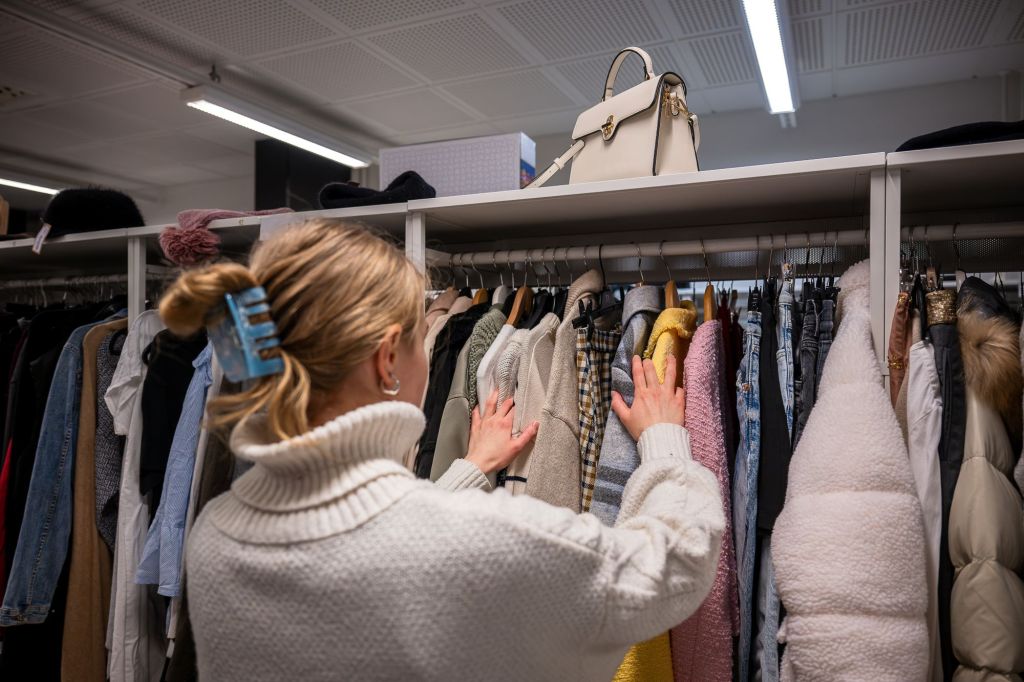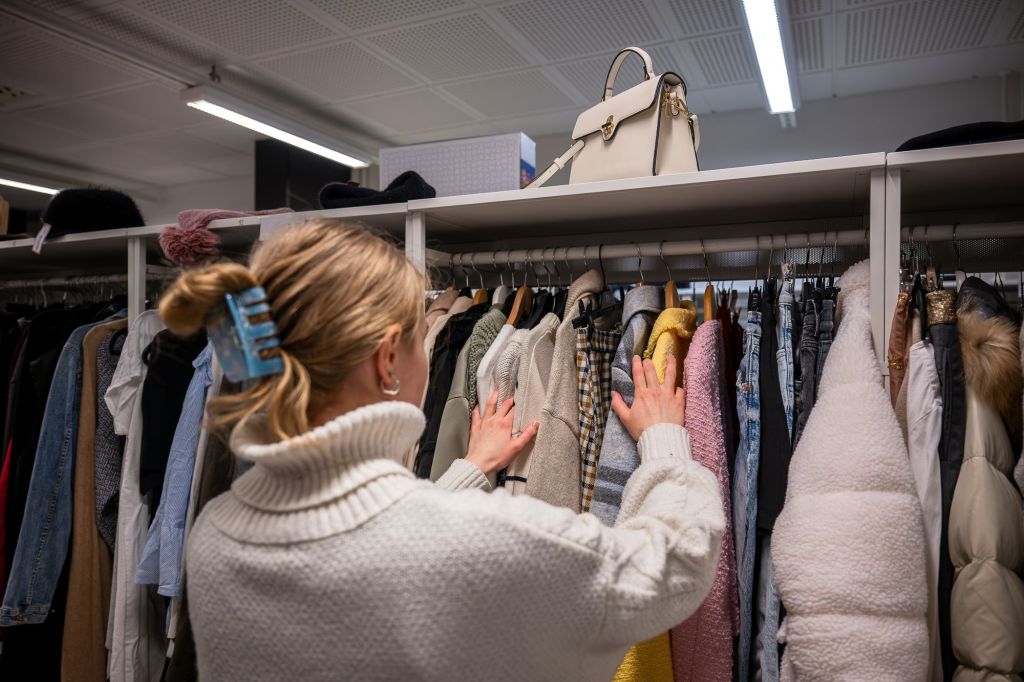The fashion detour passes through Turku - second hand meets the traveler



Consumers are looking for more responsible alternatives, which are also embraced by travelers. Improved communication by second hand stores offers opportunities for both.
The second hand phenomenon is no longer just a temporary trend. It is a way to build a more sustainable tomorrow also in the context of tourism. For many travelers, shopping is an important part of the travel experience, and now second hand operators have a unique opportunity to respond to this responsibly.
Buying used clothes and products is not just a value choice, but part of the experience. In the still developing second hand field, stores can attract travelers to shop, especially with impressive communication and a common digital second hand map connecting Turku stores.
Responsible consumption often requires time and information, which is why many people fail to implement it. Second-hand operators can respond to this by educating their customers through communication: when the consumer receives a clear knowledge base, it is easier for them to stick to their own values. But information alone is not enough. A hedonistic and entertaining approach should also be added to second-hand shopping.
A message about values, not just products
The online communication of Turku second-hand stores often focuses on the selection and practical matters, but rarely on responsibility, customer value or experientiality. This is a missed opportunity. When a store tells its story and highlights why its operations are meaningful, a deeper connection is created with the customer and especially the traveler, who makes quick decisions with emotion.
Buying second-hand can become part of a traveler’s journey, not just a souvenir. It can be a conversation with a seller, a piece of local style, or a reminder of responsible choices.
According to research, second-hand consumers are driven by hedonistic (experiential), ideological (sustainability), and economic motives. Responsible travelers in particular look for destinations that align with their values. When a business communicates stories, materials, origins, and impacts, it builds trust and keeps customers coming back and sharing their experiences. For example, Ekolocal’s brand is based on strong sustainability communications and a curated selection, while Maanantai Market builds community through events and visual identity.
Turku: A treasure chest without a car
Turku’s special strength is its compactness: all essential second-hand shops can be found within walking distance. This makes it the perfect destination for a day trip or a city break without a car. Second-hand tourism is a growing phenomenon and Turku can be its domestic pioneer.
From the perspective of entrepreneurs, the second-hand map brings concrete benefits: it improves visibility, attracts new customers and strengthens cooperation between entrepreneurs. From the perspective of tourists, it is a tool that combines inspiration and responsibility.
Tourists are known to be impulsive consumers who make decisions based on emotions. A responsible choice is not born from mere information, but from experience, excitement and community. A map should not be just a list of addresses, but should be an experience, a guide and a community builder that brings together recycling and design.
Tourists crave stories, atmosphere and information about sustainability. The map can act as a digital nudge that guides the traveler to more responsible choices and at the same time opens doors to the world of second-hand. In this way, the second-hand experience becomes part of the city’s identity. In Turku, not only clothes are recycled, but also thoughts, values and experiences.
Sanni Alitalo
The blog post is based on Sanni Alitalo’s bachelor’s thesis Encouraging consumers to shop second hand within the context of responsible travel (2025).
These materials were created in the Baltic2Hand project which is an Interreg Central Baltic Programme 2021–2027 project that is co-funded by the European Union.
